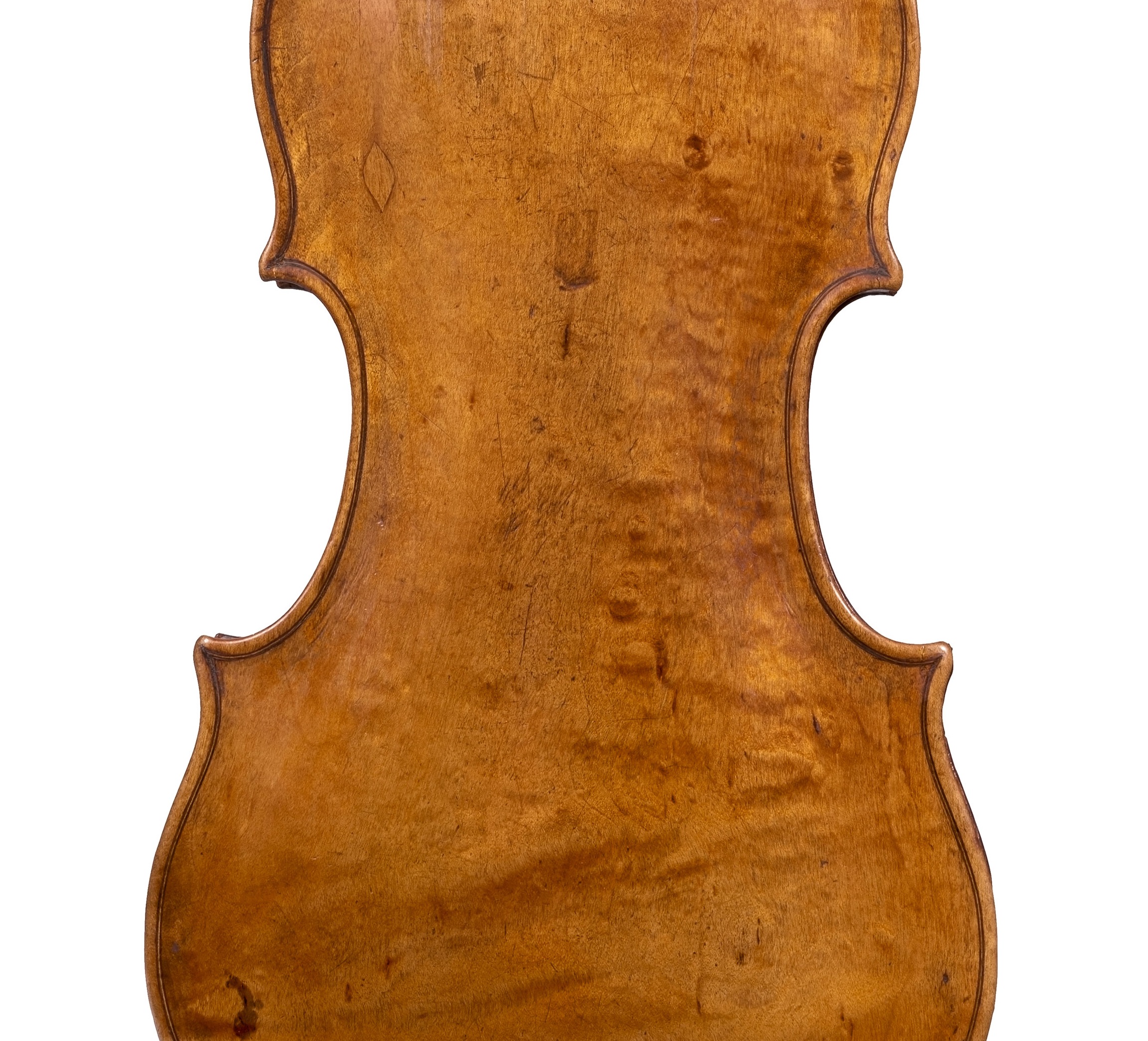Andrea Amati: Chronicles of a Rediscovered Treasure
John Dilworth examines an extremely rare violin by Andrea Amati from the Rosenberg Collection
The discovery of a violin by Andrea Amati amongst the collection of the late Norman Rosenberg, to be auctioned by Ingles & Hayday, is one of many remarkable finds amid a treasure trove of fascinating and illuminating instruments and bows, and certainly one of the most significant.
Amati is revered as the founder of the Cremonese School of violin making, and while there is no doubt of that, he is also talked of as the first true violin maker, which needs more careful examination. Whatever the case, it is never less than astonishing to be able to pick up an instrument which is four and a half centuries old, and which can respond to the bow with freshness and energy that simply collapses time. Andrea’s known works are few, and precious.
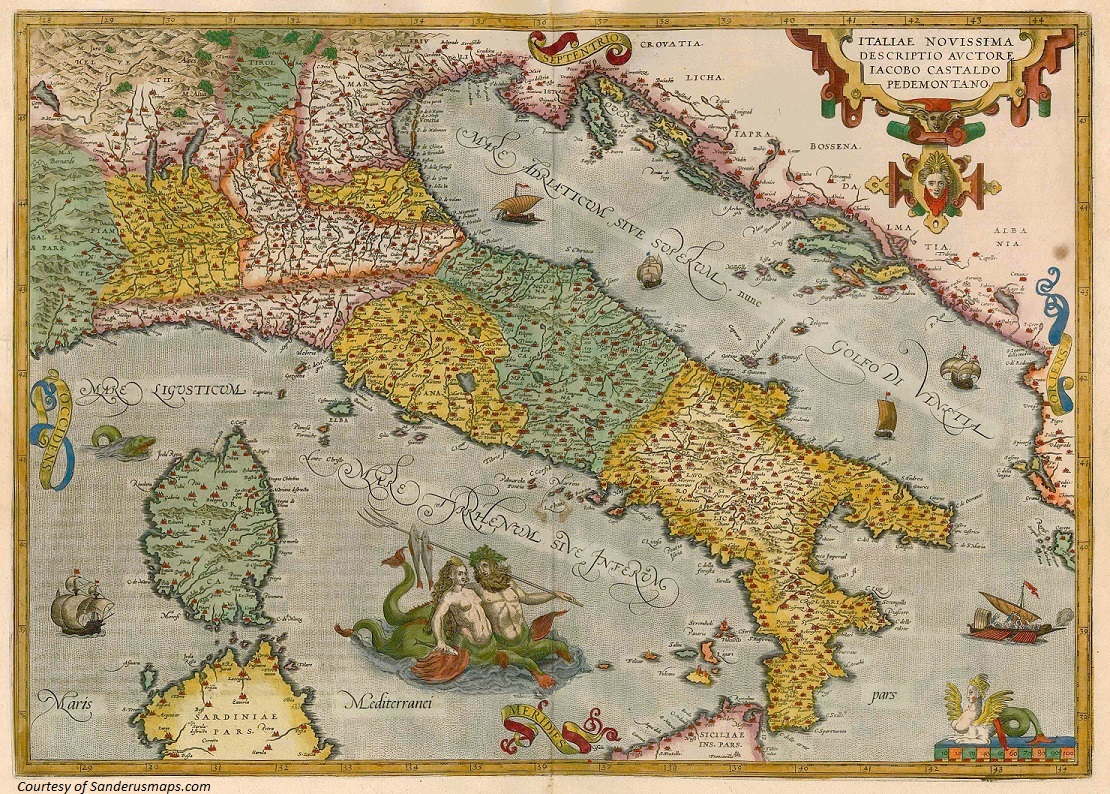
'Amati’s skill, not only in workmanship and engineering, but in design and proportion, places him alongside other great innovators in human history.'
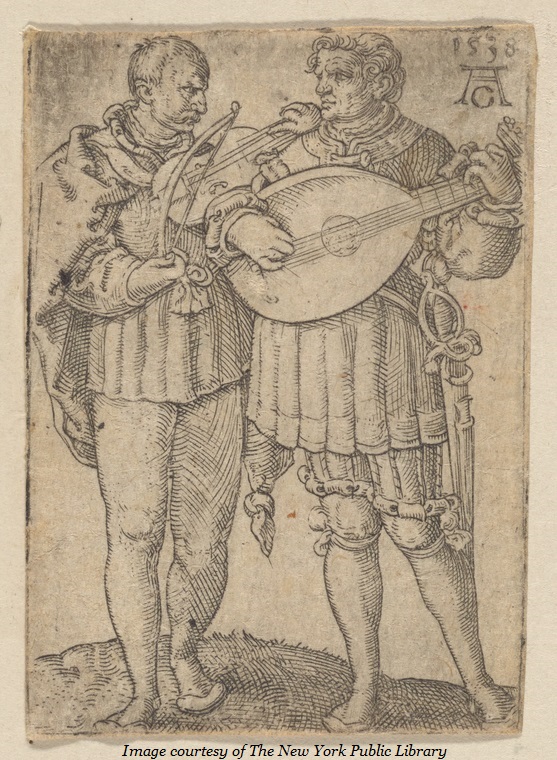
There plainly were violins in use in the early sixteenth century and in Amati’s time. Descriptions of players and depictions of violin-like objects in painting and drawing, and even accounts of trading such instruments throughout Europe, all exist, but the straightforward fact is that none have survived to the present day. This seems to indicate that their value and prestige was low. What Andrea Amati represents is perhaps the first attempt to elevate the violin into a piece of fine craft, of artistic aspiration. That this was also definitive for all subsequent violins is equally astonishing. Amati’s skill, not only in workmanship and engineering, but in design and proportion, places him alongside other great innovators in human history. His graceful model was the template for all the great Cremonese makers, as was his method and technique of making, and it is still instantly recognisable even in the most extreme work of Guarneri del Gesù.
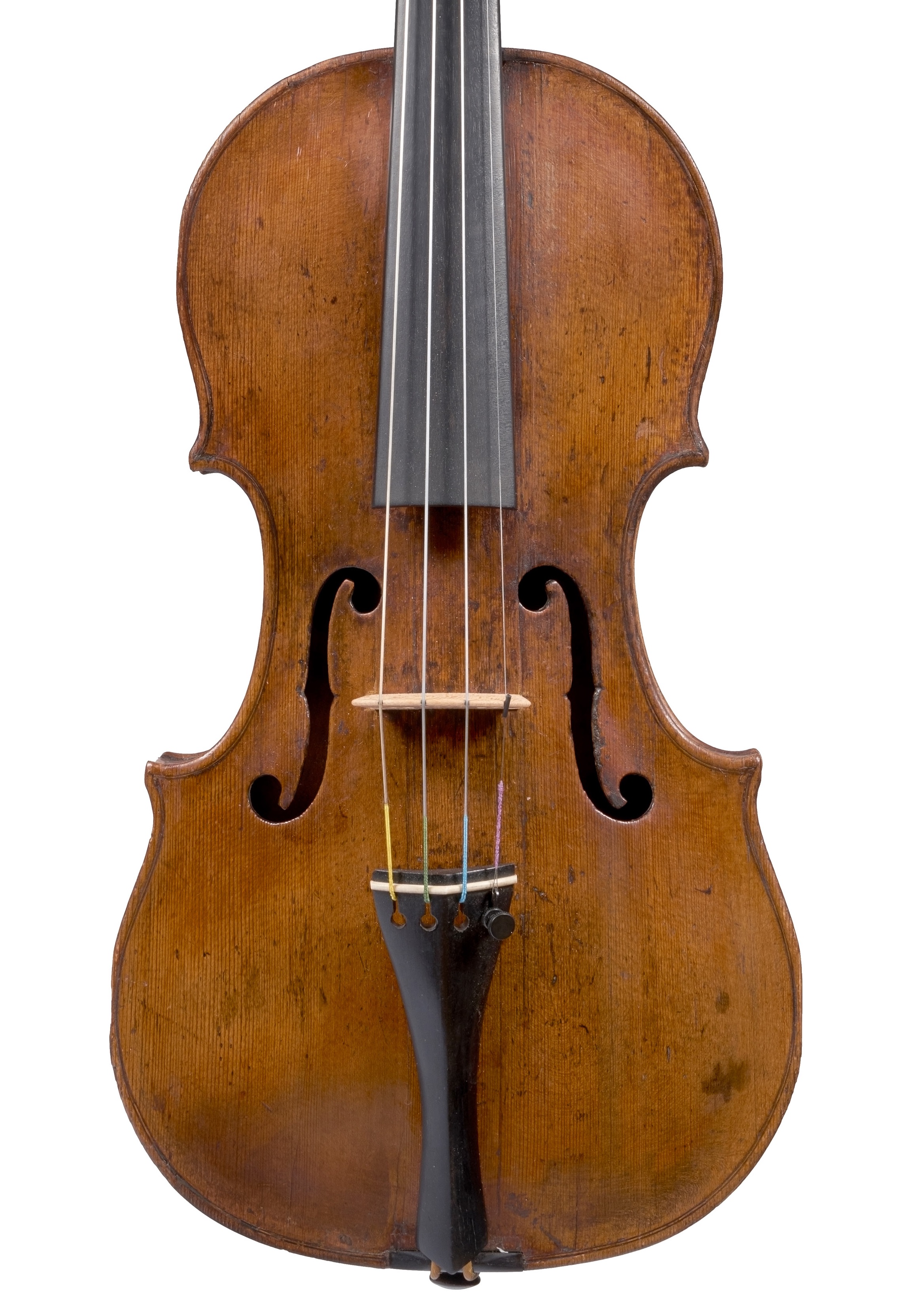
A similar claim of origin can and has been made for the early makers of Venice and Brescia, and the most obvious rival to Amati’s position as the first violin maker is Gaspar da Salò. The extraordinary ‘Ole Bull’ Gaspar da Salò, held in the Bergen Museum, has a credible claim to date back to 1563.
But this itself raises an interesting point. Gaspar labelled but never dated his instruments. Neither did the luthier Laux Maler, probably the most sought-after instrument maker of the early sixteenth century. Andrea Amati labelled his instruments, and also dated them, as violin makers have done ever since. To me this suggests a slight but important difference in attitude. That Amati added a date to his work gives it a significance and specific origin that he felt was necessary for its aspirational status, an artefact made for posterity.
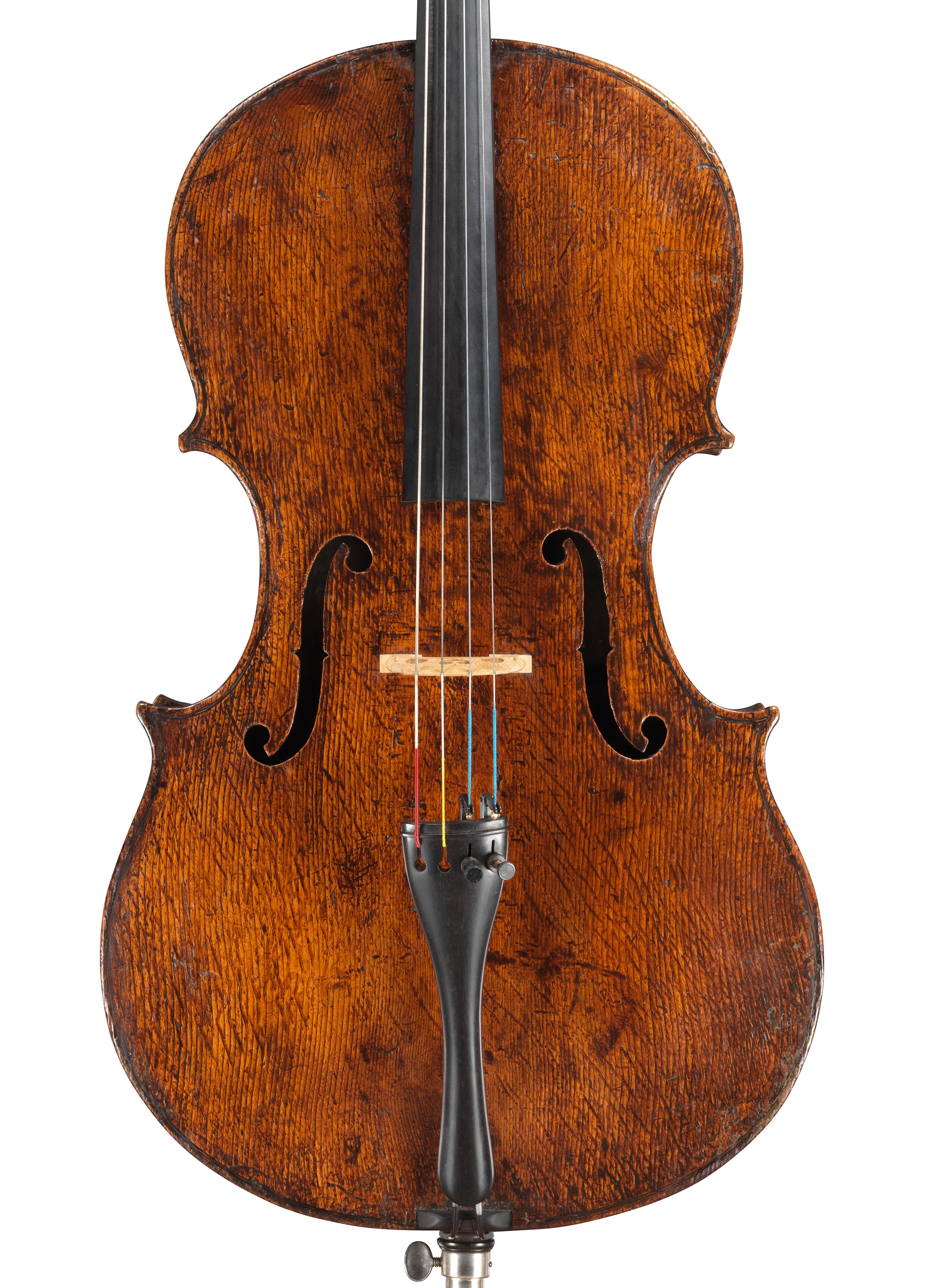
This delicate instrument from Norman Rosenberg’s collection is a definitive example of Amati’s work.
Historically speaking, Andrea Amati was born in around 1505, a good generation before Gaspar, who in fact was an almost exact contemporary of Andrea’s son Antonio. It is true that most of Andrea’s known work seems to date from late in his career, from 1564, but he was known as an active luthier from 1526, and Cozio di Salabue records instruments with his label dated 1542 and 1546. His eminence as a luthier in Cremona was certainly known to the French court by then, or shortly after, and led to the famous commission of a set of violins and cellos for Charles IX dating from around 1566. Again, it is hard to trace evidence of any instrument maker receiving such recognition before this period. It is clear that a fundamental role for these early instruments is that they were clearly designed to last, to be a part of the Royal Court for as long as the court might exist. Amati more than succeeded in that, of course.
This delicate instrument from Norman Rosenberg’s collection is a definitive example of Amati’s work, although it bears only a facsimile label. Its unadorned form, compared with the Charles IX set, and even more so with the extravagantly ornate ‘Ole Bull’ Gasparo, emphasises the elegance of design and proportion. Amati’s construction of the violin allows it to be dismantled easily and safely, and therefore constantly repairable and adaptable. No other orchestral instruments have been allowed to develop their voice over centuries, without facing obsolescence or irreparable damage.
The violin is of Andrea’s larger size – there are two identifiable patterns used by Amati, one slightly smaller; a habit sustained by all the family members up to Andrea’s grandson Nicolo. The soundholes dominate the front, and are in Andrea’s own personal style, with prominent, rounded nicks, particularly large finial circles and small wings, close to those of the Charles IX set. I can imagine his sons’ hand in later examples where the nicks and eyes are gradually reduced and the wings widened towards the more familiar later Amati model. The arching is perfectly executed, and lower and flatter, and therefore more modern-looking, than the voluptuously full and recurved forms developed by Nicolo. The maple of the back is relatively plain and slab sawn, not selected for a prestigious commission perhaps, but marked with a distinct circular figure that is interestingly seen also in Brescian work. Although the scroll is not original to the instrument, it strongly suggests the hand of Andrea Guarneri.
The front has perhaps the most interesting story to tell. It is made of a single piece of spruce, and dendrochronology reveals that the tree from which it was cut was well-established by 1297, a date perhaps the earliest yet found on any violin. This tree was growing when Marco Polo was writing his account of his travels to the far east. When Andrea Amati was born in around 1505, Leonardo da Vinci was painting the Mona Lisa. The tree itself was probably cut down very shortly after Shakespeare’s birth in 1564. The violin has had a life, I would like to imagine, sounding the music of Bach, Mozart, Beethoven, and there is still no end in sight.
Recent Posts
Categories
- Feature Type
- Instrument Type
-
Maker
- Albani, Mathias (2)
- Amati, Andrea (8)
- Amati, Antonio & Girolamo (6)
- Amati, Girolamo II (6)
- Amati, Nicolò (6)
- Balestrieri, Tommaso (3)
- Banks, Benjamin (1)
- Bazin, Charles Nicolas (1)
- Bergonzi Family (1)
- Bergonzi, Carlo (2)
- Bergonzi, Michele Angelo (2)
- Bernardel, Auguste Sébastien Philippe (2)
- Bisiach, Leandro (2)
- Bultitude, Arthur Richard (1)
- Camilli, Camillo (2)
- Cappa, Gioffredo (2)
- Carcassi, Lorenzo & Tomaso (1)
- Ceruti, Giovanni Battista (3)
- Chanot, George Adolph (1)
- Cuypers, Johannes Theodorus (1)
- Dalla Costa, Pietro Antonio (1)
- Deconet, Michele (1)
- Fendt, Bernard Simon II (1)
- Fendt, Bernhard Simon I (1)
- Gabrielli, Giovanni Battista (1)
- Gagliano, Alessandro (2)
- Gagliano, Ferdinando (1)
- Genova, Giovanni Battista (1)
- Gisalberti, Andrea (1)
- Goffriller, Francesco (1)
- Goffriller, Matteo (1)
- Grancino, Giovanni (4)
- Grancino, Giovanni Battista II (1)
- Guadagnini, Gaetano II (1)
- Guadagnini, Giovanni Battista (7)
- Guarneri 'filius Andreæ', Giuseppe (3)
- Guarneri del Gesù, Giuseppe (5)
- Guarneri of Mantua, Pietro Giovanni (2)
- Guarneri of Venice, Pietro (3)
- Guarneri, Andrea (3)
- Götz, Conrad (1)
- Hill & Sons, W.E. (1)
- Kennedy, Thomas (1)
- Knopf, Carl Heinrich (1)
- Lott, John Frederick (1)
- Lupot, Nicolas (2)
- Mantegazza, Pietro Giovanni (2)
- Mariani, Antonio (1)
- Montagnana, Domenico (2)
- Panormo, Vincenzo Trusiano (1)
- Parker, Daniel (1)
- Peccatte, Dominique (1)
- Platner, Michele (1)
- Pressenda, Giovanni Francesco (1)
- Rayman, Jacob (1)
- Retford, William Charles (1)
- Rivolta, Giacomo (1)
- Rocca, Giuseppe Antonio (2)
- Rota, Giovanni (1)
- Rugeri, Francesco (3)
- Sartory, Eugène (1)
- Scarampella, Stefano (2)
- Schwartz, George Frédéric (1)
- Serafin, Santo (1)
- Sgarabotto, Gaetano (1)
- Sgarabotto, Pietro (1)
- Simon, Pierre (1)
- Stainer, Jacob (3)
- Storioni, Lorenzo (3)
- Stradivari, Antonio (14)
- Stradivari, Francesco (1)
- Stradivari, Omobono (1)
- Tadioli, Maurizio (1)
- Taylor, Michael (1)
- Tecchler, David (2)
- Testore, Carlo Giuseppe (1)
- Tourte, François Xavier (4)
- Tubbs, James (1)
- Voller Brothers (1)
- Vuillaume, Jean-Baptiste (10)
- Watson, William (1)
- da Salò Bertolotti, Gasparo (2)
- Author
- Charity
-
In the Press
- Antiques Trade Gazette (3)
- Archi-magazine.it (1)
- Art Daily (2)
- CNN Style (1)
- Classic FM (2)
- ITV (1)
- Ingles & Hayday (3)
- Liberation (1)
- Life Style Journal (1)
- London Evening Standard (1)
- Paul Fraser Collectibles (1)
- Rhinegold Publishing (1)
- Sotheby's (1)
- Strings Magazine (2)
- Tarisio (2)
- The Fine Art Post (1)
- The Strad (7)
- The Times (1)

